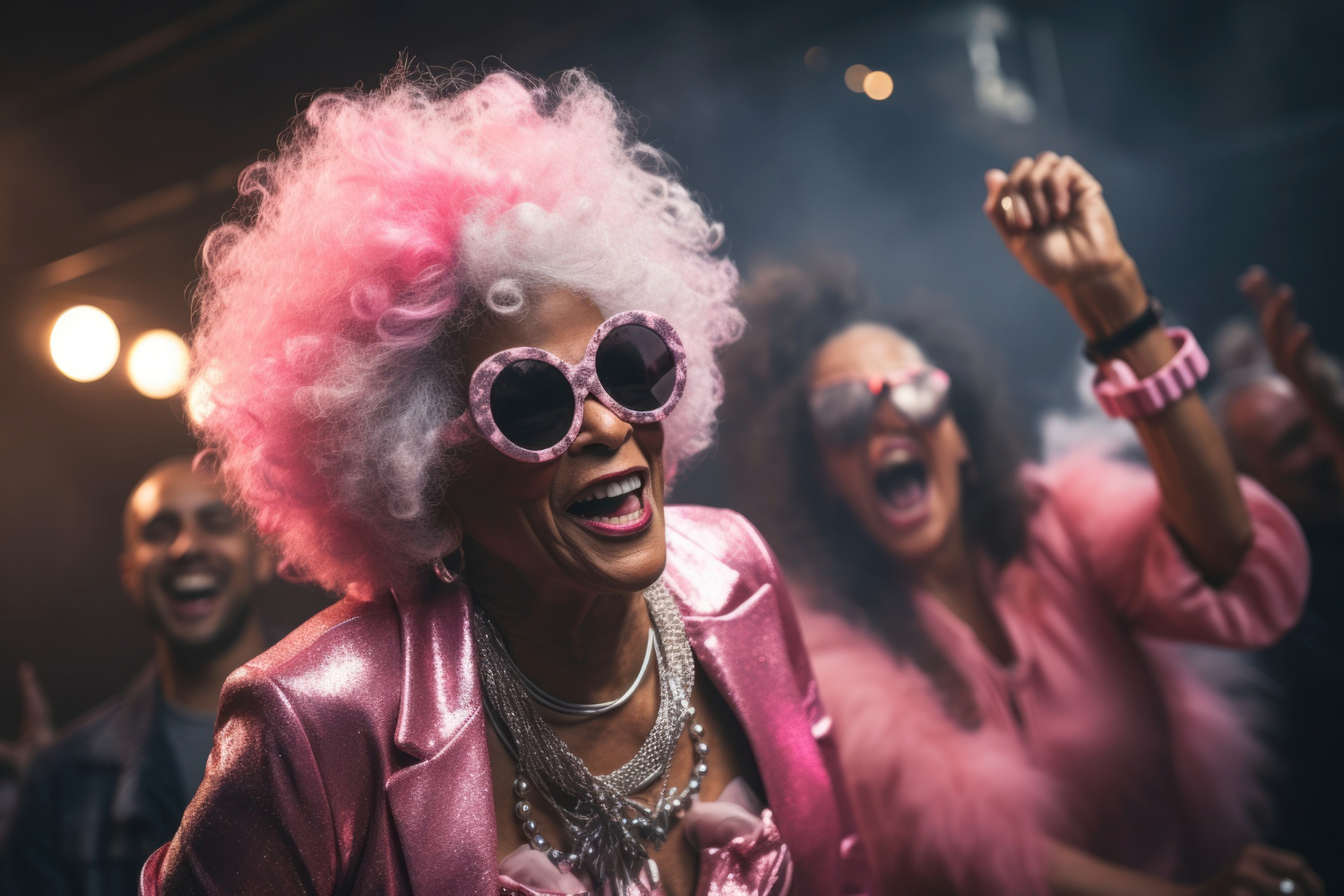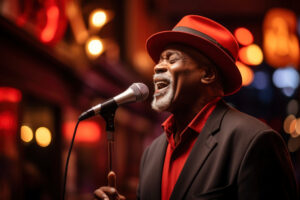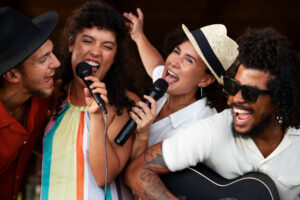Cultivating Healing and Community
Rehabilitation is a multifaceted process that encompasses physical, emotional, and social healing. One of the most effective yet often overlooked methods in this journey is the integration of recreational activities. Engaging in music, arts, and dance not only brings joy but also serves as a vital tool for personal growth, community connection, and overall well-being.
The Role of Recreation in Healing
Recreational activities provide an essential outlet for self-expression, allowing individuals to communicate their emotions and experiences in ways that traditional therapies may not. Creative pursuits such as painting, singing, or dancing can facilitate emotional release and promote a sense of relief from stress, anxiety, and trauma. This process helps individuals reconnect with their feelings and begin the healing journey.
Moreover, participating in recreational activities can shift focus away from challenges and toward enjoyment and fulfillment. This positive engagement creates a sense of hope and optimism, which is crucial for mental health recovery.
Strengthening Community Bonds
Recreational activities are inherently social. They encourage individuals to come together, fostering connections that can lead to lasting friendships and support networks. These interactions are particularly valuable for those who may feel isolated due to their circumstances.
By creating inclusive spaces where people can engage in shared activities, we cultivate a sense of belonging and community. Participants learn to appreciate each other’s diverse backgrounds and experiences, enhancing empathy and understanding. This strong community bond can play a critical role in the rehabilitation process, as individuals feel supported and uplifted by those around them.

Empowerment Through Creativity
Engaging in creative activities empowers individuals in various ways. Learning a new skill, whether it’s mastering an instrument or completing a painting, instills confidence and a sense of achievement. This newfound self-assurance can extend beyond the activity itself, encouraging individuals to pursue other personal goals and advocate for their own health and well-being.
Furthermore, the act of creating allows individuals to reclaim their narratives. Through art and performance, they can express their unique stories and perspectives, which can be both validating and transformative. This empowerment helps individuals realize their potential and encourages them to take an active role in their rehabilitation journey.
A Holistic Approach to Well-Being
Recreational activities contribute to a holistic approach to rehabilitation by addressing both mental and physical health. Engaging in dance or sports not only promotes physical fitness but also releases endorphins, which enhance mood and alleviate feelings of stress and depression.
In addition, these activities often promote mindfulness and presence, encouraging participants to live in the moment. This focus can improve overall emotional regulation and enhance resilience, equipping individuals with the tools to navigate challenges.
Conclusion
Rehabilitation through recreational activities offers a powerful path to healing that encompasses emotional, social, and physical well-being. By integrating music, arts, and dance into rehabilitation programs, we can create enriching environments that foster joy, connection, and empowerment.
As we continue to explore the potential of recreational activities in rehabilitation, it’s essential to advocate for their inclusion in health programs. Together, we can build vibrant, resilient communities where individuals can heal, grow, and thrive. By embracing the transformative power of recreation, we pave the way for a brighter future for all.


